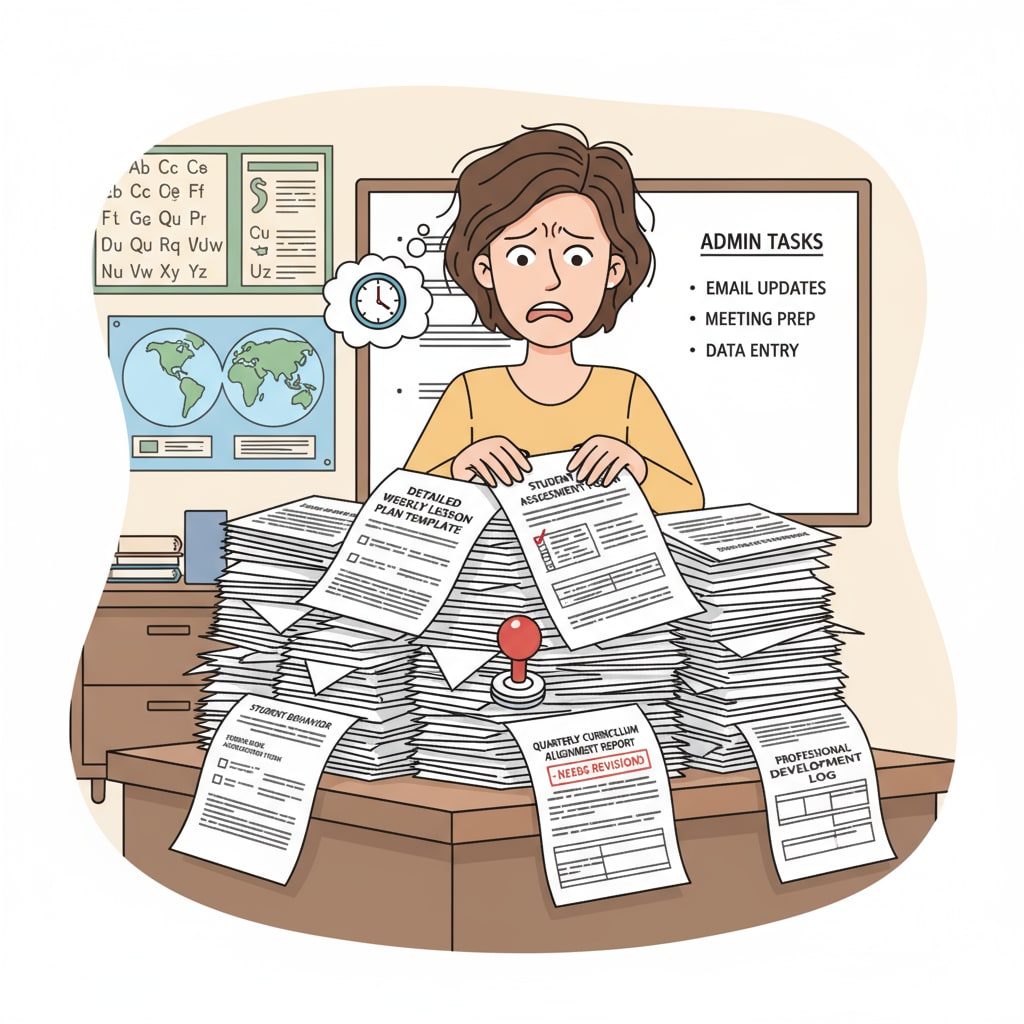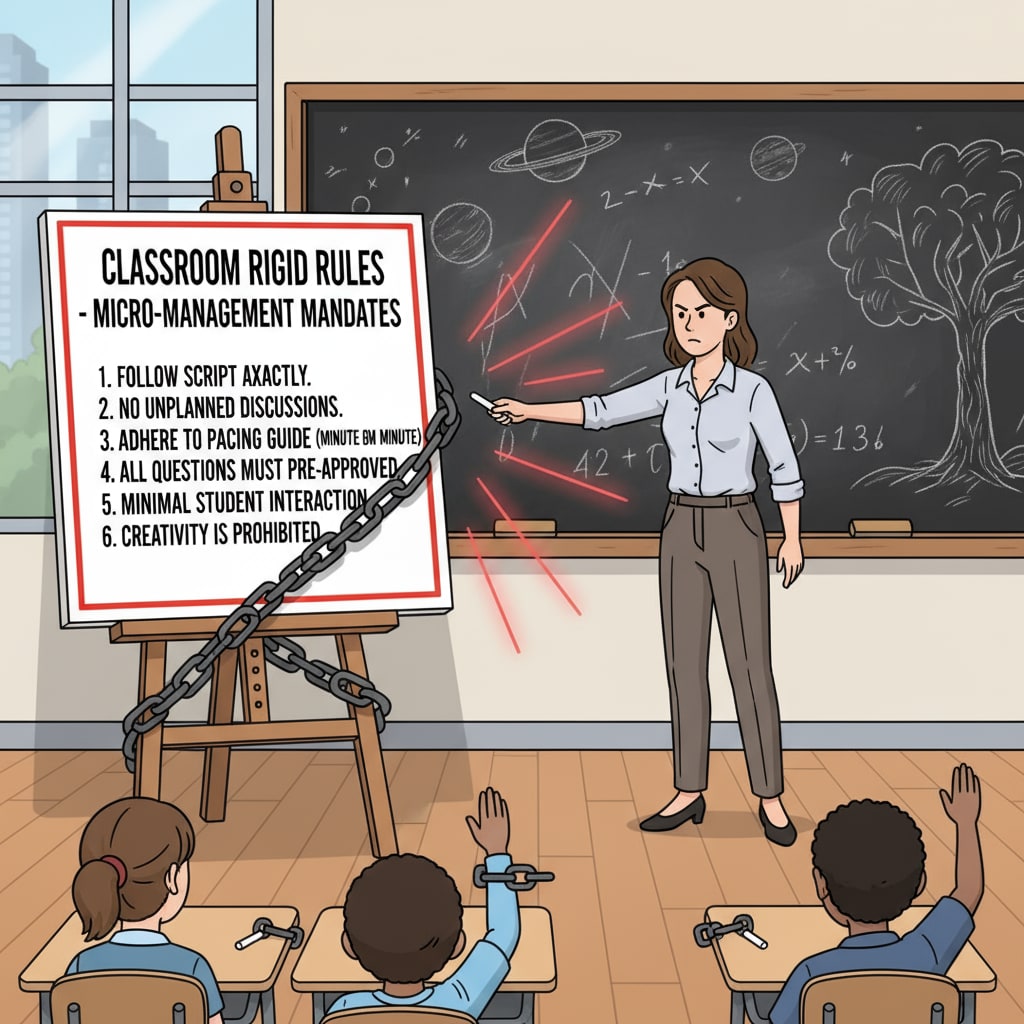In the realm of K12 education, micro – management, teaching autonomy, and work stress are intertwined issues that significantly affect educators. Teachers are often at the receiving end of excessive micro – management, which not only curtails their teaching autonomy but also adds a heavy burden of work stress.

This phenomenon is a cause for concern as it has the potential to stifle educational innovation.
The Burden of Micro – management
Micro – management in education refers to the practice of administrators closely controlling every aspect of teachers’ work. This includes dictating teaching methods, lesson plans down to the minutest detail, and even the assessment criteria. For example, teachers may be required to follow a specific curriculum framework that leaves little room for creativity. According to The National Education Association, such over – control can make teachers feel like mere implementers rather than creative educators. As a result, they are under constant pressure to meet these rigid requirements, which leads to increased work stress.

The Erosion of Teaching Autonomy
Teaching autonomy is the ability of teachers to make decisions regarding their teaching, such as choosing the teaching materials, instructional strategies, and the pace of learning. However, micro – management often tramples on this autonomy. Teachers who are passionate about innovative teaching methods may find themselves unable to implement them due to strict regulations. For instance, a teacher who wants to use project – based learning to engage students more deeply may be prohibited because it does not align with the pre – set curriculum. This lack of autonomy not only dampens teachers’ enthusiasm but also limits the potential for students to receive a more dynamic and engaging education, as stated by Teach.org.
To address these issues, a balance between management and autonomy needs to be struck. Administrators should provide teachers with more freedom to design lessons that meet the diverse needs of students while still ensuring that educational standards are met. This could involve setting broad goals and allowing teachers the flexibility to choose the means to achieve them. Additionally, creating a supportive environment where teachers can share ideas and collaborate can also help reduce work stress and encourage educational innovation.
Readability guidance: The above content uses short paragraphs to present ideas clearly. Lists could be further incorporated, for example, when listing different aspects of micro – management. Passive voice is used sparingly, and transition words like ‘for example’ and ‘as a result’ are added to enhance the flow of the text.


